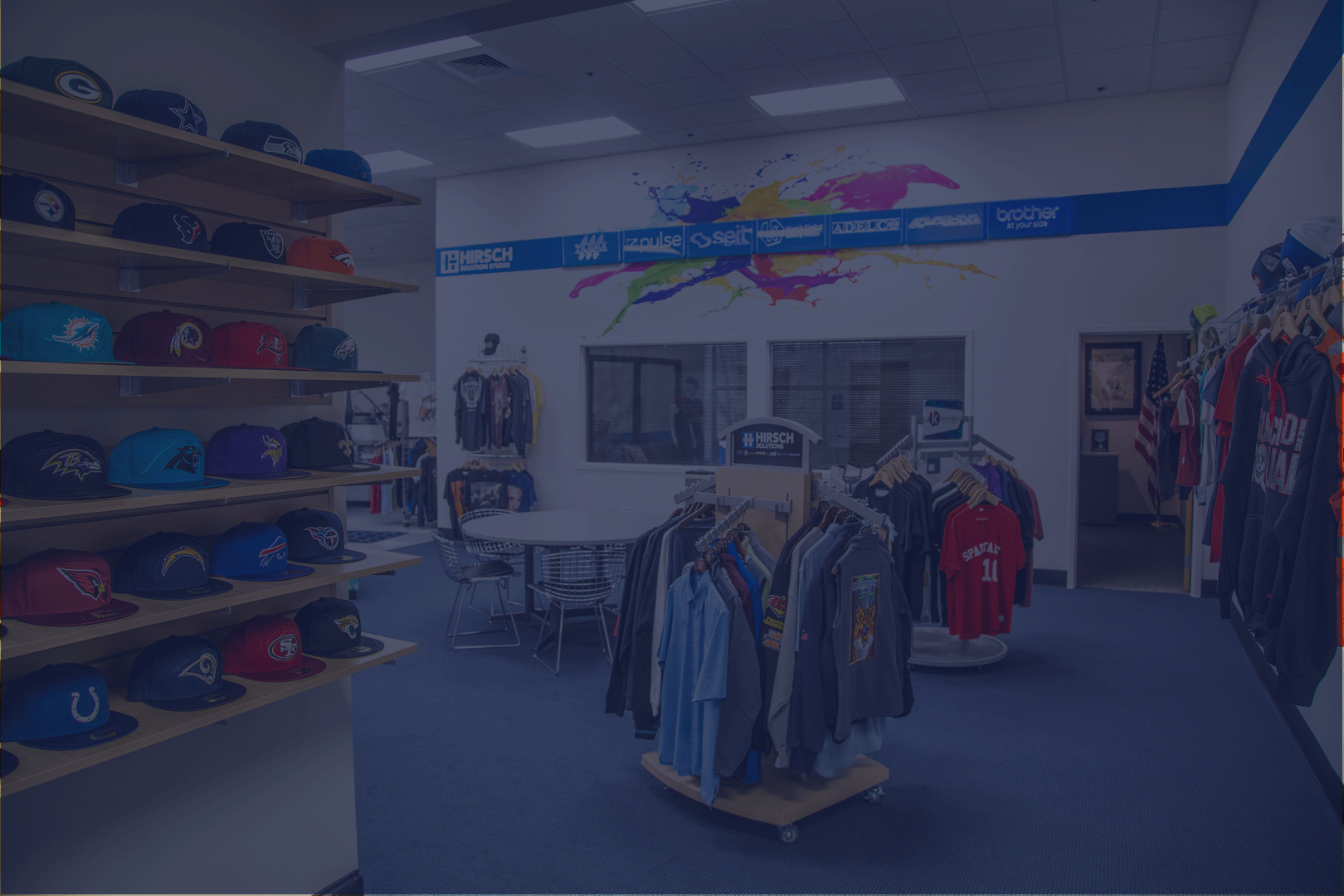Ed Levy has more than 25 years of apparel-decorating experience. Levy, who’s director of software technologies for Hirsch Solutions, is an in-demand speaker at trade show and regular contributor to industry magazines.
Are you one of the many decorating shop owners who’s hesitant about investing in a DTG printer?
We’ve heard lots of reasons why people don’t want to go DTG.
A Trip Down Not-So-Fun Memory Lane
Way back in the 1990s (basically, 30 years ago), when DTG made its debut, many thought these new printers spelled the end of screen printing, so they rushed out to buy old-guard machines that turned out to be money pits.
First-gen printers, originally designed to print on paper, were gutted and converted to print on T-shirts. The problem? The printheads were designed for paper and CMYK, and not the white ink required to print on dark garments.
Plus, the introduction of white ink virtually crippled all of the early adopters. Regular DTG maintenance was costly and type of shortcut would ruin your printheads. The post-printing flushing process was so time-consuming that it was cost-prohibitive to print just a few pieces at a time, so decorators had to gang all their orders in batches and print at designated times.
The cost to print was also high, since the printers operated in a very slow and tedious process. Printing on a dark garment, for example, was often a 10-to-15-minute time investment or longer, often resulting in lots of wasted garments, since you rarely got an acceptable first print.
The color gamut was also extremely limited, so hitting very specific colors was nearly impossible. Decorators literally would hope to even print in a vicinity of a color.
All of these early-days problems caused many decorators who tried and abandoned DTG, as well as new business owners who researched many of the prior issues, to avoid re-entering and entering this imprinting space.
However, it’s a different world for DTG today - and that’s very good news for decorators.
It’s a New Day for DTG
Direct-to-garment printing technology today is leaps and bounds ahead of yesterday’s - and here are five reasons why.
1. Specialized technology. Now, DTG printers are designed with specific printheads geared for direct-to-garment printing and specifically modeled to use white ink. DTG’s advanced inkjet technology lets you send a full-color, detailed design from a computer directly to a digital printer loaded with a garment. And the improved resolution means that DTG prints often look as good or better than other printing processes.
2. Broader color gamut. You’ve got access to endless color possibilities. Additionally, it’s very possible to print an order of white without ruining several others in the process. Another factor is speed. Printing on a dark garment can be done in less than two minutes vs. the lengthy time it used to take.
3. Easier, less time-consuming maintenance. You can print a few pieces today, and then let the printer rest for a week or two without worrying about destroyed printheads. Plus, many vendors offer high quality phone-in support if you need help with any aspect of your machine.
4. More affordable. The price of entry into DTG is extremely affordable, plus ink costs are significantly less. With DTG, you can literally print one or thousands of garments, with almost no setup costs or labor-intensive process, like setting up screens.
5. Endless product possibilities. Today’s DTG printers can print on a greater variety of substrates, rather than exclusively on 100% cotton. Plus, you can print on way more than T-shirts. Add in sweatshirts with zippers, jackets with pockets, headwear, and coasters, along with virtually any substrate that accepts water-based ink.
Direct-to-garment printing today can be extremely profitable - in fact, $300 or more per hour isn’t uncommon. If you print a realistic six dozen garments per week, you’ll get a phenomenal one-year return in investment. That means, printing on as few as 15 garments per week is all you need to cover most lease payments. Plus, consider that many DIY printing sites will charge $20 or more for a T-shirt - if your cost to produce a similar garment is $1 for light-colored and $3 for dark-colored, your profits range from $10 to $15 per shirt.
Ask yourself where else you can score this kind of ROI.

.png?width=2060&height=582&name=Hirsch%20(%20justified).png)
%20wht.png?width=2060&height=582&name=Hirsch%20logo%20(justified)%20wht.png)
